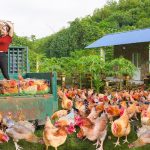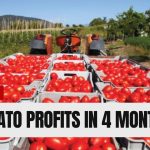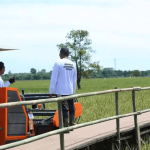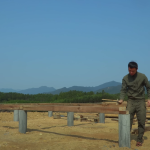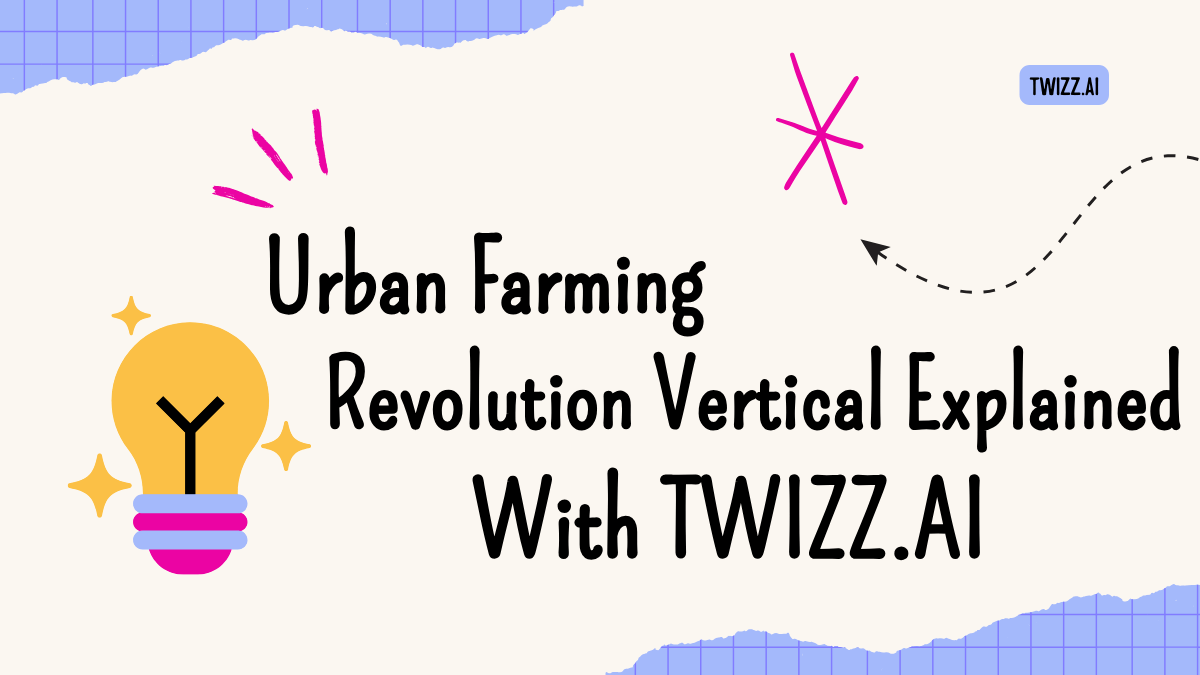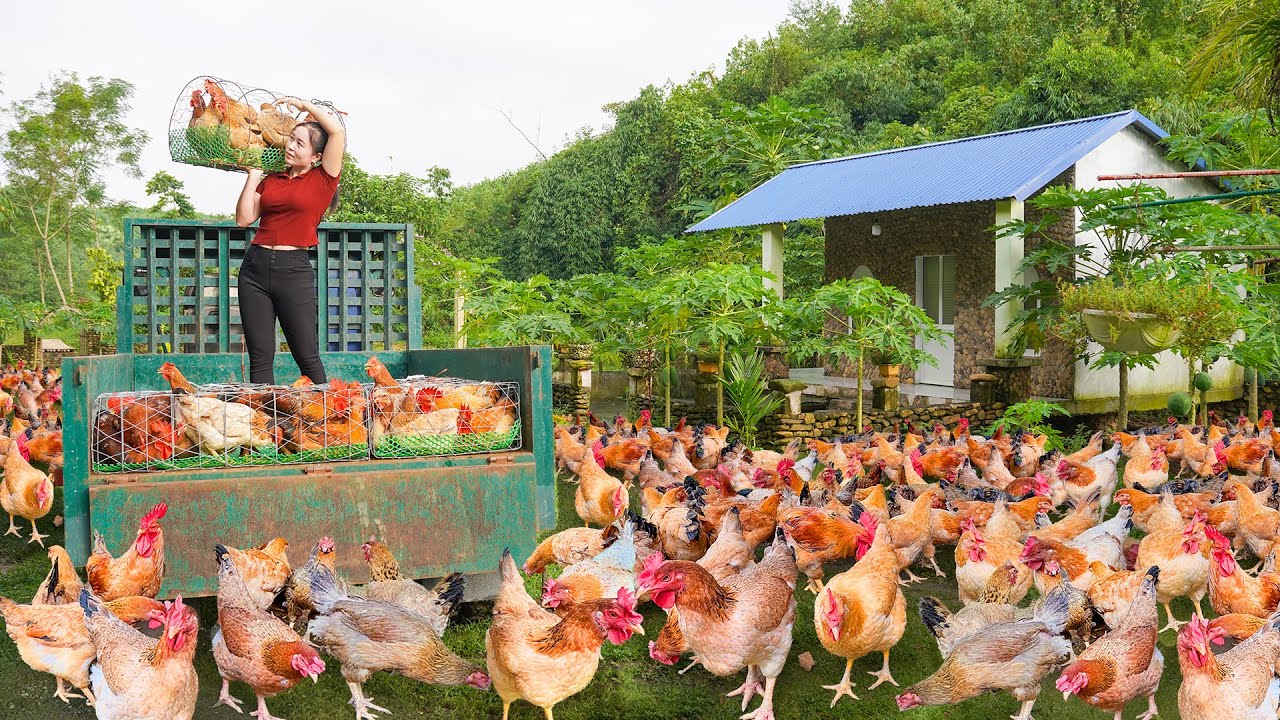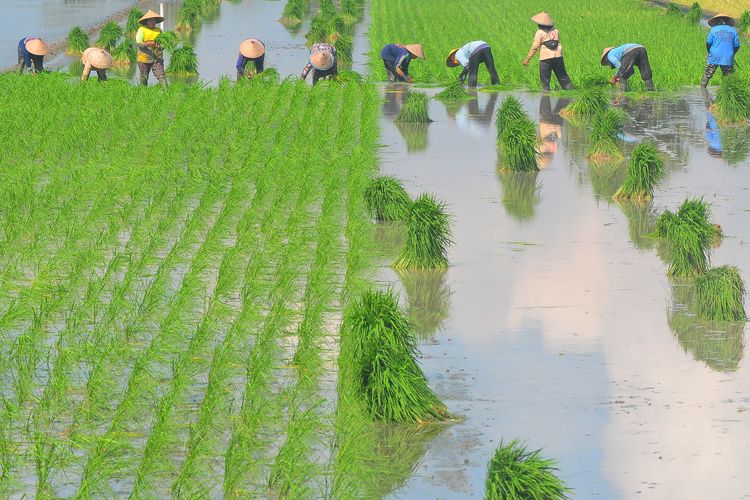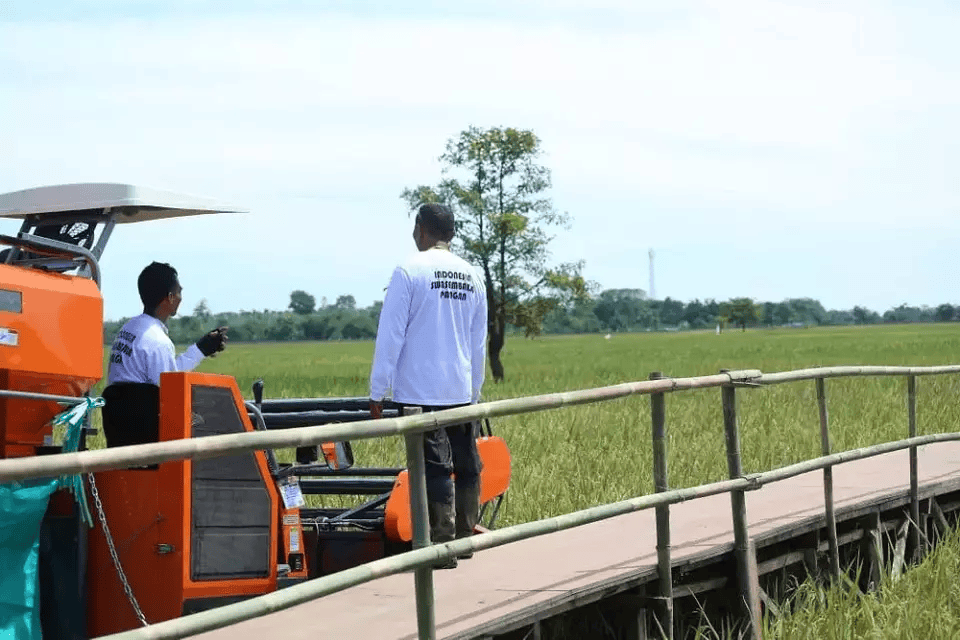The Future of Vertical Farming Sustainable Urban Agriculture Explained
A New Paradigm in Food Production
Rapid urbanization and climate volatility mandate a radical reinvention of how humanity cultivates edible biomass. Vertical farming transcends traditional horizontal fields by stacking crop beds in controlled environments within urban edifices. This model minimizes land footprint sequesters water and internalizes climatic regulation to yield hyperlocal produce year-round.
Core Technologies Enabling Vertical Farms
LED Spectral Engineering
Specialized light-emitting diode arrays tailor photon flux density and spectral composition to plant photoreceptors. By modulating red blue and far-red wavelengths growers accelerate photosynthetic efficiency maximize phytochemical synthesis and orchestrate compact morphology. Recent breakthroughs in quantum dot phosphors enhance luminous efficacy to over 3.0 micromoles per joule
Hydroponic Aeroponic and Aquaponic Systems
Hydroponics bathes roots in nutrient-rich solutions while aeroponics mists them with micronutrient aerosol delivering oxygenation superior to soil media. Aquaponics integrates recirculating fish tanks whose effluent fertilizes crops closing nutrient loops. Together these methods slash water use by up to 95 percent relative to open-field irrigation
Environmental Control and AI Analytics
IoT sensor arrays monitor temperature relative humidity CO₂ concentration and evapotranspiration in real time. Machine learning models trained on yield datasets dynamically adjust ventilation lighting and nutrient dosing schedules. Edge computing gateways ensure milliseconds-scale responses preserving optimal growth conditions even during network outages
Robotic Harvesting and Maintenance
Automated gantry robots equipped with multi-axis end effectors and soft grippers traverse racking to perform pruning transplanting and harvest with millimeter precision. Computer vision classifiers detect ripeness color anomalies and pest ingress triggering targeted interventions that eliminate blanket chemical spraying
Economic and Environmental Benefits
Year-Round High Density Yields
By stacking thirty to fifty layers of cultivation racks inside repurposed warehouses vertical farms deliver up to 100 times more output per square meter than outdoor plots. This density generates consistent supply streams that insulate urban markets from seasonal variability and supply chain shocks
Drastic Water Conservation
Closed-loop irrigation and nutrient recovery reduce freshwater demand drastically. Every kilogram of leafy greens produced consumes less than ten liters of water compared to over two hundred in conventional agriculture
Reduction in Food Miles and Emissions
Producing vegetables at or near point of consumption curtails transportation distances from hundreds of kilometers down to mere city blocks. Life cycle analyses demonstrate greenhouse gas emissions reductions of up to seventy percent when compared to imported produce
Enhanced Biosecurity and Resource Efficiency
Controlled environments block pest ingress and disease vectors eliminating broad-spectrum pesticides. Nutrient dosing precision prevents eutrophication of waterways that often accompanies fertilizer runoff in traditional agriculture
Story of an Urban Farm Pioneer
In the heart of Tokyo entrepreneur Mei Tanaka converted a defunct parking structure into a state-of-the-art vertical farm. Using AI-driven climate control and aquaponic tilapia tanks she now supplies fresh lettuces and herbs to nearby restaurants every morning. Mei’s venture slashed local food deserts and created dozens of skilled agritech jobs revitalizing a once-sterile neighborhood
Tips and Tricks for Launching a Vertical Farm
1 Conduct a detailed energy audit and partner with renewable providers to mitigate electricity costs associated with lighting and HVAC
2 Start with leafy greens microgreens or herbs requiring short growth cycles and low stature before scaling to fruiting crops
3 Leverage modular rack systems that can expand vertically or horizontally as market demand grows
4 Implement real-time yield tracking dashboards to identify bottlenecks in nutrient uptake or light distribution
5 Forge direct contracts with local chefs grocers and schools to secure off-take guarantees and smooth cash flow
6 Invest in operator training for sensor maintenance calibration of nutrient injectors and basic AI model interpretation
Challenges and Mitigation Strategies
High Capital Expenditure
Initial build-out costs for lighting climate control and automation can exceed two thousand dollars per square meter. Employ phased deployment using retrofit of existing urban structures to amortize investment over time
Energy Consumption
LED illumination and HVAC represent major energy sinks. Mitigate through dynamic LED dimming based on real-time PAR readings and integrate on-site solar PV or biogas microturbines to offset grid usage
Technical Complexity and Skills Shortage
Design multidisciplinary teams combining horticultural scientists controls engineers and data analysts. Partner with universities for internships and create in-house training modules
Regulatory Hurdles
Urban zoning and building codes often lack provisions for indoor farming. Advocate for adaptive regulations and showcase pilot successes to municipal authorities
Future Trajectories and Innovations
Emerging research on vertical ocean farming seeks to integrate seaweed cultivation for carbon sequestration within coastal urban towers. Nanofluidic nutrient delivery systems promise subcellular precision in root zone management. Digital twin simulations of entire vertical farms will enable virtual commissioning and predictive maintenance long before physical pipes are installed.
Conclusion
Vertical farming heralds a resilient decentralized food network capable of nourishing dense urban populations while slashing environmental footprints. By marrying advances in photonics fluid dynamics robotics and AI the future of urban agriculture shines bright. Expert practitioners who embrace this paradigm will lead the next green revolution within city walls.
